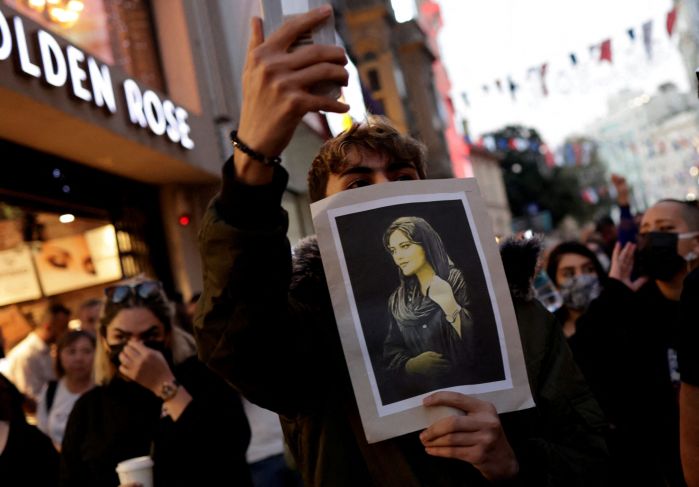“In a revolution, as in a novel, the most difficult part to invent is the end.”
Alexis de Tocqueville
In the lead-up to the Iranian revolution of 1979, I served for two years as political and consular officer at the Canadian Embassy in Teheran (1976-78).
It was fascinating to watch the genesis of the revolution that swept the once powerful Shah from power and brought in the Islamic Republic.
Throughout the preamble to the actual change in government, there were two main groups vying for power: the democratic National Front under Karim Sanjabi, and the Islamists led by the Ayatollah Khomeini. After a meeting with Khomeini early in November 1978, Sanjabi issued a three-point statement that for the first time committed the National Front to the Khomeini demand for the deposition of the shah and the establishment of a government that would be "democratic and Islamic."
When Sanjabi refused to join other National front leaders in demanding a democratic form of government, Mehdi Bazargan and Shapour Bakhtiar took over leadership of the Front. However, the Islamists had a ventral ideology and a coherent following, while the secularists were divided among many parties and groups.
Throughout the process, however, there were identifiable leaders with stated objectives. In the end, the Islamists won, and the Islamic Republic was born. Yet, during the revolution, few could predict the outcome and the future turn Iran would take.
Today, Iran is again in upheaval.
Women and, especially, girls, are demonstrating and being killed daily in the streets of the country. Despite a vicious reaction by the regime and its forces, hundreds of thousands of demonstrators across the country continue to take to the streets looking for change.
Some are comparing these to the street scenes of 1978-79 that led to the collapse of the Shah’s regime.
Yet, there are few parallels between both.
Under the Shah, the army, made up mostly of conscripts from the lower and more religious classes of society, were reluctant to fire upon the very forces that they had sworn to protect. Today’s regime has created strong and well-armed security forces whose entire reason for being is to oppress and kill the regime’s enemies. They will be much harder to conquer, and their indoctrination will make them far less amenable to withdraw from the fray.
In addition, the opposition is united by a fundamental hatred for the regime and the women especially are fed up with their status. But where is the leadership required to transform a mass movement motivated by a variety of political objectives into a cohesive whole capable of governing? What ideology binds the majority? How can they organize to meet their multifarious objectives if the enemy goes, and if each seeks to achieve their own particular goals?
What happens to the well-armed and well-indoctrinated security forces when their regime collapses? Does Iran follow the path of Iraq and disintegrate into chaos, or that of Egypt that learned nothing from the so-called “Arab spring” and returned to dictatorship?
I applaud the bravery of Iran’s citizens, especially women, in taking this drastic step after forty years of frustration and oppression. I understand the frustrations of youth who are overall well-educated and constitute the majority of the population with Iran’s median age of 32. They currently chafe under the international sanctions that have smothered their economy and transformed Iran into a pariah state.
But I am having trouble seeing the end, which has yet to be invented.
What I do know is that Iranians are nationalists at heart and will likely resent foreign attempts to resolve the situation for them.
Both Russia and the West have vested interests in having Iran as an ally – Russia since it is creating an axis of dictatorships to take the West on, and the West to prevent a hostile Iran from getting a nuclear bomb and destabilizing the Middle east even further.
This is a delicate geopolitical challenge that will take much patience and wisdom for both Iranians and the international community to navigate towards an acceptable conclusion for all parties and especially for the women of Iran.
Keep reading: The Lettuce Won
Edición: Laura Espejo
Los Bills derrotaron 28-21 a los Jefes
Ap
El objetivo es impulsar el consumo local durante los días de descuentos
La Jornada Maya
Paralelamente, más del 40 por ciento del país se clasifica como de bajos ingresos
The Independent
Se mantienen en la pelea por entrar a la fase final del torneo
La Jornada Maya
